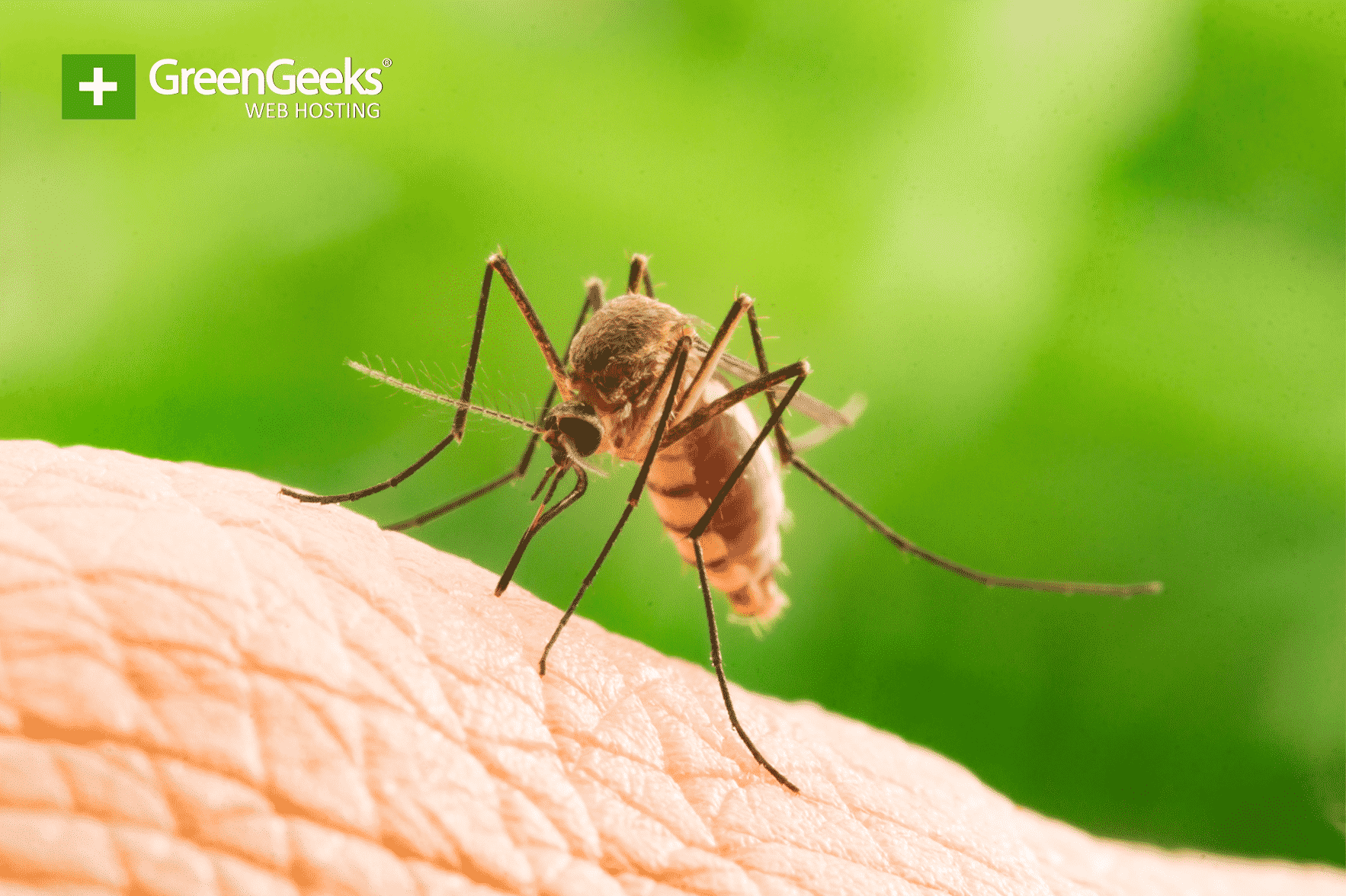
According to a new study, bug-borne diseases, including Zika, chikungunya, and dengue, will be heading north as the temperatures increase. Previously the bugs that carry these diseases could not survive in northern areas due to lower temperatures, but climate change has made it possible.
Researchers created a model that included both temperature change predictions and the range of insects that carry these diseases. The United States, Europe, Canada, East Asia, and East Africa will all see an increase in the population of these types of insects.
One of Many Reports
This is one of many reports and studies that all come to the same conclusion. In November, the Fourth National Climate Assessment released a report, published by the United States government, that suggested there will be an increase in bug related diseases. However, you do not need the reports to see the effects.
Since 2004, diseases from mosquitoes and ticks have tripled in the United States. On a global level, over one billion people will catch a disease from insects while one million of them will die. By 2050, it is expected for the number of people afflicted to increase by half a billion. And by 2080, it’s believed that number will double.
Insect Populations Shrinking

While you may have heard the news that insect populations are on the decline, that does not apply to all types of insects. The term “climate winner” refers to an animal, plant, fish, or insect whose living conditions improves due to climate change. While many important insects populations are declining, insects like mosquitoes, ticks, houseflies, and more are becoming climate winners. This will play a major role in spreading bug-borne diseases.
A Valuable Tool
Researchers believe their model will be a great tool in helping raise awareness. With proper awareness, preventative measures can be taken in the affected regions. Most importantly, the more aware residents in these regions are, the more likely they will be to take the proper measures.
For example, wearing long sleeve shirts, pants, and using bug repellant will go a very long way. Regular check-ups with doctors who know to look for these diseases will significantly reduce the number of lives that are lost.
However, it’s up to politicians to make the necessary preparation to deal with a larger bug-borne disease threat. Although, with their track record for making changes to slow down climate change, this may fall on deaf ears.

